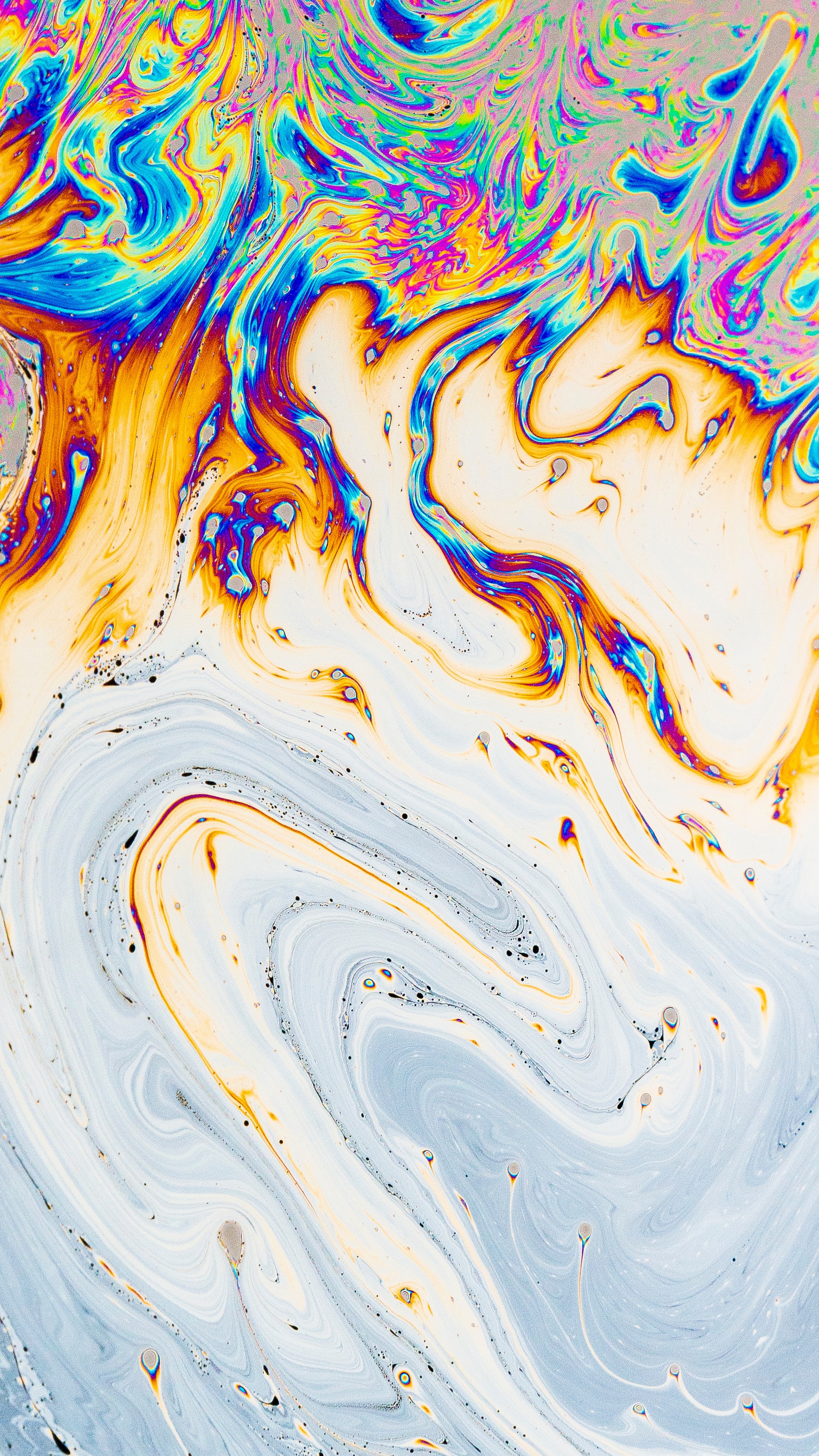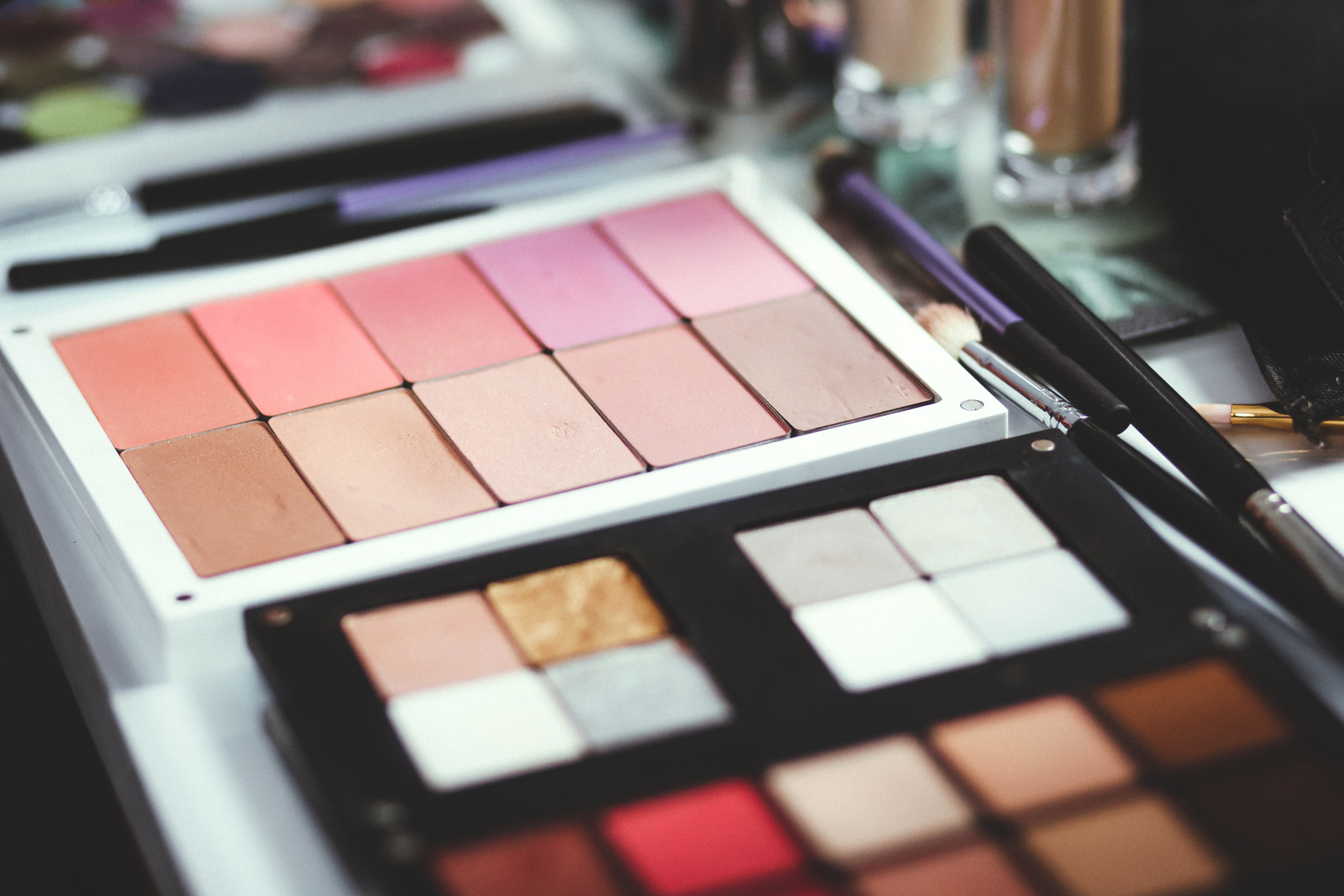
Photo by Mihai Stefan on Unsplash

Produced in partnership with NPR Scicommers
"Paraben-free" products aren't safer than anything else
It's unclear if parabens are dangerous, and if they're not being used then some other preservative is
When people think of cosmetics and personal care products, they think “clean, fresh” and even “luxury.” So “natural” should only enhance those positive qualities, right?
In fact, preservative-free cosmetic products marketed as “natural” could actually be more dangerous than products containing synthetic preservatives.
The most common example is the recent rise in “paraben-free” products. Parabens are among the most widely-used preservatives. They are synthesized in the lab and added to cosmetics to fend off microbes. Though it is possible to find naturally occurring parabens in some fruit juices and wines, those used in industry come from the laboratory. They’ve been added to cosmetics, food, and pharmaceuticals since the 1950s, but whether or not they pose risks to human health is still debated.
A 1998 study showed that parabens can weakly mimic the body’s own estrogen hormones. And since increased estrogen activity is associated with breast cancer, some people avoid parabens without considering that their disruptive effects on the body may be negligible.

Photo by Daniel Olah on Unsplash
Parabens interact with molecular receptors where estrogen hormones should attach, but certain parabens do so thousands to millions of times weaker than the body’s own hormones. I reached out to Edwin Routledge, the lead author of the 1998 study, and he emphasized that “Risk = Hazard x Exposure.” The hazard associated with parabens appears to be minimal. But what about exposure?
A 2004 study addressed this question by showing that parabens can accumulate over time in cancerous breast tissue, which some anti-paraben audiences may argue is proof that parabens cause breast cancer. However, this study lacked an experimental control for making this type of conclusion. In other words, the scientists of this study looked only in breast cancer tissue for parabens without first analyzing healthy breast tissue. Without any reference to what the breast tissue should look like if it were healthy, this study could not reliably speak to parabens’ carcinogenicity, nor did it claim to do so.
Little more is known today than was known back in 2004 about parabens. As of 2013, the studies are still "conflicting" with "insufficient data suggesting serious consequences." Most recently, in 2017, the government reported its approval of parabens for cosmetics based on an evaluation from 2006. Not much was known in the early 2000s and we haven't learned much more since.
Routledge is an endocrinologist at Brunel University in London, where he studies how substances disrupt the body’s hormonal system. He says that the consumer safety data on parabens is “patchy.” With industry's rapid pace, he foresees that “the safety in use of chemicals in society will be even more patchy.” The self-regulated U.S. cosmetics industry is synthesizing and releasing new chemical compounds before they can rigorously test them for safety. Meanwhile, the field of toxicology is still developing the tools necessary to test all these compounds, including parabens.
Routledge says that “regulatory tests for endocrine disruption are...very limited, and our understanding of the mechanisms of toxicity are still developing.” The current misconceptions about parabens only prove that more scientific research should be done to set the record straight. Unfortunately, the demand for “paraben-free” has swayed industry in the opposite direction.

Without new scientific studies to guide the debate on parabens, the “paraben-free” trend has escalated to avoiding them at all costs. But, when you see a “paraben-free” product that lasts a whole 12 months (i.e. the shelf-life of many paraben-containing products), there must be some other preservative involved. Take a “paraben-free” product and consider what compounds were synthesized in order to replace the parabens. They may not be the natural alternatives you had hoped for.
Naturally-occurring preservatives are available. However, they are typically less effective and need to be used in higher concentrations than synthetic preservatives. This may explain why more people experience allergic reactions to natural preservatives compared to parabens and other synthetic preservatives. In fact, parabens were just named 2019's 'nonallergen' of the year by the American Contact Dermatitis Society.
Regardless of their allergenicity, cosmetic companies have embraced a class of natural preservatives which scientists understand even less than they do synthetic parabens. Derivatives of a class of compounds called "phenols" is becoming more and more popular in replacing parabens. Phenols are cheap, effective, and natural, since they can be found in many plants.
As newer phenol derivatives develop and enter the market, it is important to remember that they are not inherently more safe or less safe than any other preservative just because they are "natural." Essential oils, for example, largely attribute their natural preservative properties to their phenol content. Those with high phenol content can irritate the skin and, if ingested, be toxic to the liver. On the other hand, naturally occurring phenols in food can be beneficial and high in antioxidants.
Overall, the safety of phenols in cosmetic applications has been studied even less than parabens. This gap in knowledge is becoming more apparent as more people are developing allergies to natural preservatives like those containing phenoxyethanol, a popular phenol derivative. The underlying cause is still not understood. This increase in sensitization exposes the clinical consequences of introducing a poorly studied preservative into the market.

Photo by Patrick Coddou on Unsplash
“This is a general pattern,” says Dr. Kimberly Berger, an epidemiologist researching the toxicities of cosmetics at UC Berkeley. “The scientific community identifies a group of chemicals [e.g. parabens]… associated with [potentially detrimental] health effects. Word gets out, consumers want to avoid that group of chemicals, and companies respond by taking them out or replacing them with something untested [and] unfamiliar to consumers [and] the scientific community. They can then claim ‘paraben-free’ on the bottle, but you still don’t know what you’re getting. This is in some ways a form of greenwashing.”
Within the past several years that they have risen in popularity, it’s impossible to be certain that phenols are safe, since negative side effects can emerge only after 10-20 years. Regardless, this has not deterred cosmetic companies from incorporating phenol derivatives into their products.
To know if a cosmetic contains phenol derivatives, look to the ingredients list for names containing the prefix "pheno." If the compound is also used for the product's scent, it will be grouped under "parfum" or "fragrance," so you may not see its name even if it's in the product. In which case, consider how much you trust the company making the product.
I found that almost all the “paraben-free” shampoos and conditioners at my local Whole Foods adopted phenoxyethanol. It seems that, if you’re not an infant, it is relatively safe in low concentrations (around 1%). However, ingredients lists are not required to disclose their quantities, so any of the multiple products you use could range in a preservative concentration of .01% to 5% and could collectively exceed the recommended level of exposure. Only some companies will specify what percentage phenoxyethanol they use in certain products.
It is up to consumers to identify “greenwashed” products and choose which compounds they’ll introduce to their bodies. Conscious consumers cannot blindly trust labels like “paraben-free,” but must demand scientific research and facts from companies they trust. Since the Personal Care Products Safety Act, a bill that sought to reform cosmetic regulation, failed to pass for a second time in January of 2019, it appears that consumers will have to advocate for themselves.
